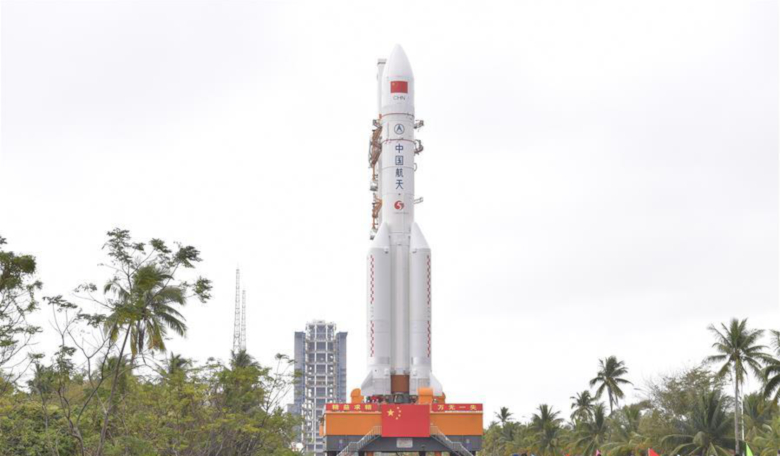China is commissioning a study on the feasibility of an “ultra-large spacecraft spanning kilometres” that can be assembled in orbit, according to the nation’s recently published 14th Five-Year Plan (2021-25) report.
Released this week by the National Natural Science Foundation of China, the report calls on Chinese scientists to join a five-year project to study the mechanics of a mega spacecraft that could be used for a number of purposes including, as a “major strategic aerospace equipment for the future use of space resources", for "exploration of the mysteries of the universe", and for "long-term habitation in orbit”.
The project is one of five major proposals that will each receive up to 15 million yuan (US $2.3 million) for preliminary research into the study.
Considering the tremendous size and the complexity of the spacecraft, researchers are being tasked with minimising the weight of the spacecraft to reduce the number of launches and construction costs.
As such it will have a modular design and researchers should also ensure controllability of the structures to limit attitude drift, deformation and vibration during the assembly process, reports Hong Kong based news agency, South China Morning Post.
Despite the broad applications experts say the spacecraft could potentially have, engineers would face many challenges, including the assembly of a large skilled workforce and a huge demand for the resources needed in the craft’s construction.
The project is also being linked with the construction of a space power plant; another complex megaproject under consideration by China.
According to a plan by the Chinese government, the nation will put a one megawatt solar energy station in space by 2030, that would increase to one gigawatt, the equivalent of the current largest nuclear power reactor, by 2049.
Discussed during a presentation earlier this year in Hong Kong, Long Lehao, chief designer of China’s Long March rocket series, spoke about using the new super heavy-lift rocket currently under development to construct the massive space-based solar power station.
More than 100 Long March 9 launches and around 10,000 tons of infrastructure, assembled in orbit, would be needed to build the solar power facility in an orbit 35,786 kilometres above the Earth, Lehao said.
China is going from strength to strength in its ambitious space programme. Along with successfully landing a rover on Mars, the nation recently began work on its Tiangong space station.
Chinese astronauts are currently working on its 22-tonne core module that was sent into near-Earth orbit aboard a Long March 5 heavy rocket back in April.
The space station is expected to have a mass of about 100 tonnes and when complete will be about a quarter of the size of the International Space Station (ISS).











